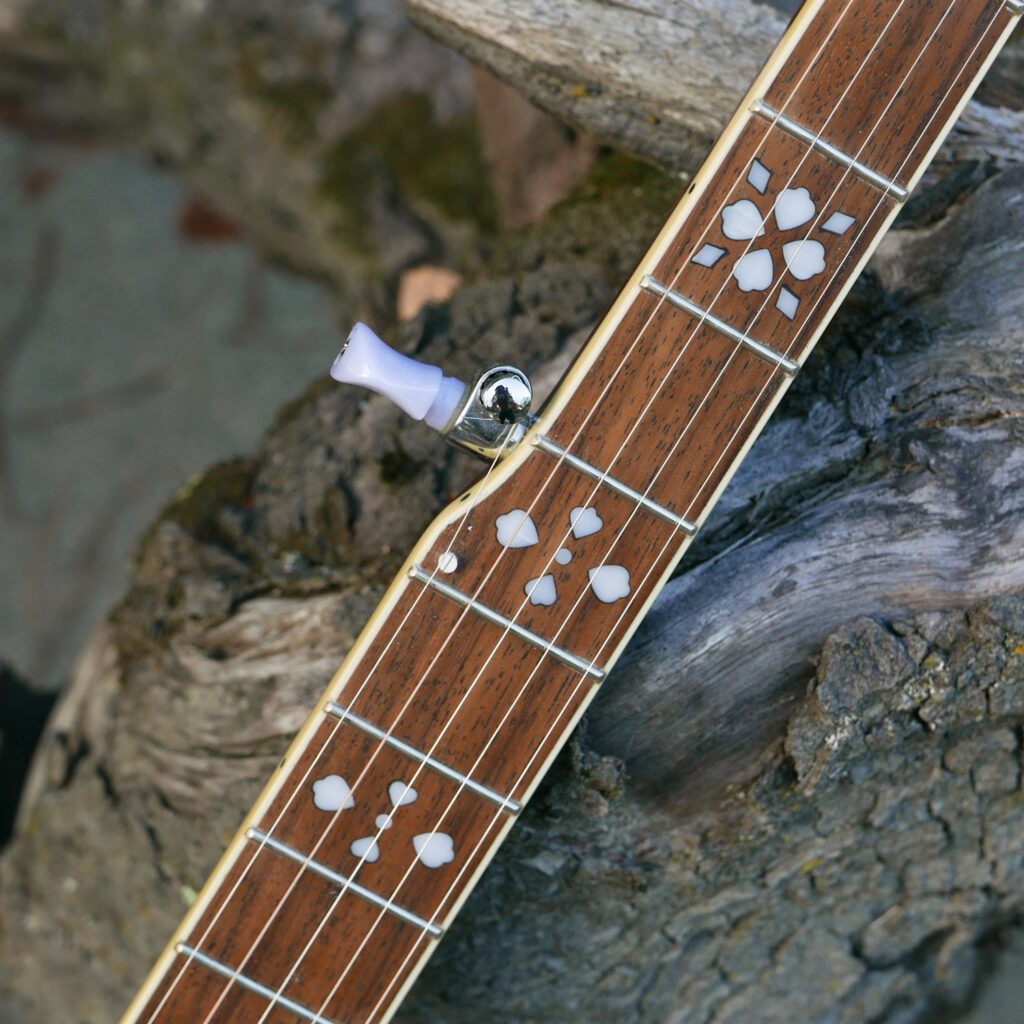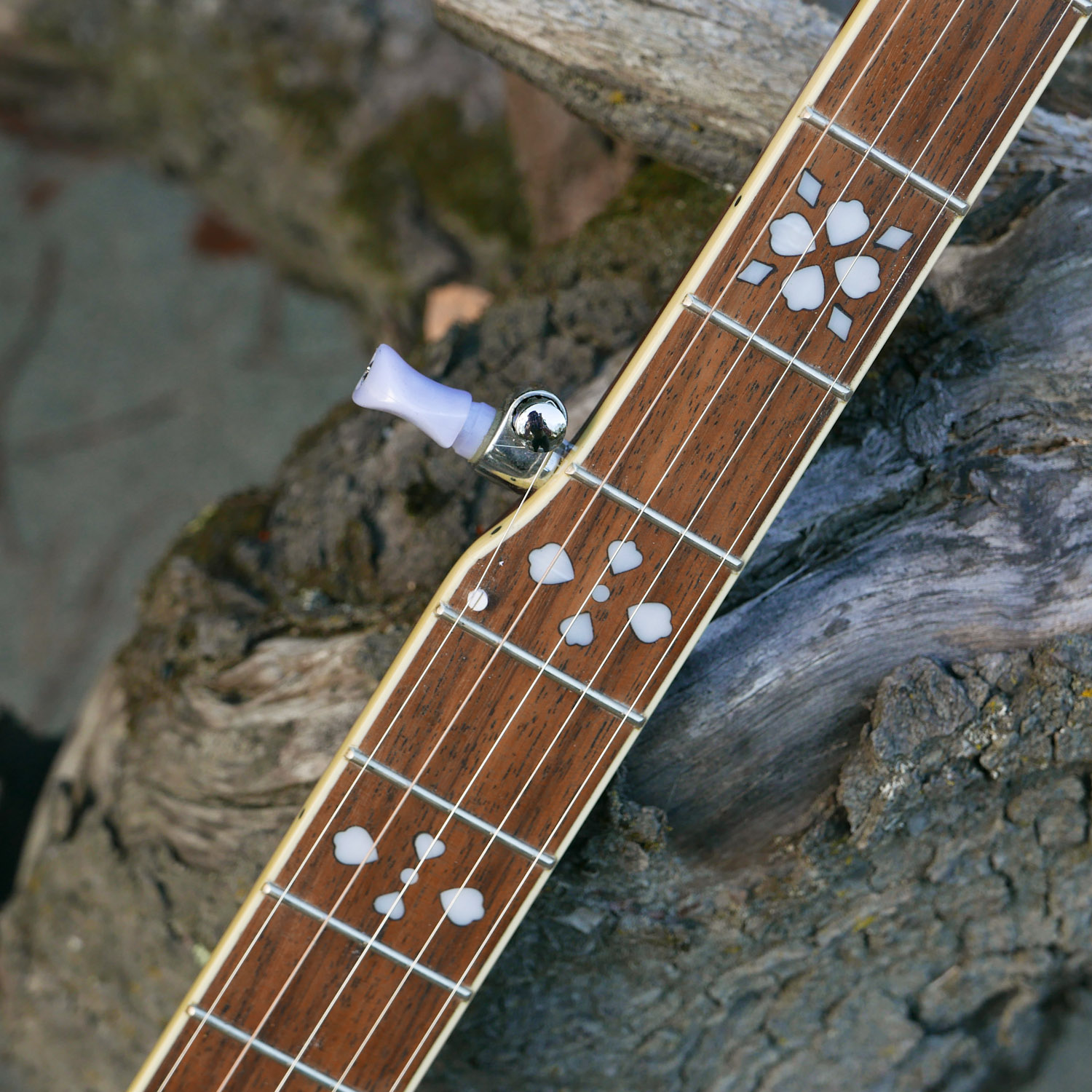The banjo’s twangy melody is unmistakable, but have you ever wondered why one of its strings seems curiously short? This seemingly minor detail unlocks a world of musical possibility, shaping the instrument’s sound and playing techniques. Delve deeper and discover the surprising reason behind the banjo’s shorter fifth string.

Why is the fifth string on a banjo shorter?
The shorter fifth string on a banjo, also known as the drone string, serves two main purposes:
- Achieving a Higher Pitch: A longer string produces a lower pitch when played. If the fifth string were the same length as the other strings (typically tuned to D), it would be very difficult, if not impossible, to achieve the desired high G tuning on a banjo with its standard scale length (the distance between the nut and the bridge). Shortening the fifth string increases the tension on that string, allowing it to vibrate at a much higher frequency, producing the signature high G note.
- Simplified Playing and Chord Shapes: If the fifth string were full length and tuned to D, it would duplicate the first string (assuming they’re the same gauge). However, by shortening the fifth string and tuning it to G, it opens up a wider range of chords and playing techniques specific to the banjo. These techniques often involve fretting the fifth string along with other strings to create unique chord voicings and melodic embellishments. The shorter length also allows the thumb to fret the fifth string more easily, facilitating the characteristic “drone” sound and signature banjo rolls.
Here’s a breakdown of the benefits of a shorter fifth string:
- Higher Pitch: Achieves the desired high G tuning for the banjo’s signature sound.
- Playing Techniques: Enables specific fingering techniques and banjo-specific chords.
- Drone String Function: Allows the fifth string to act as a drone, adding a constant melodic anchor to the music.
In essence, the shorter fifth string is a practical design choice that allows the banjo to achieve its characteristic high G note, facilitates unique playing techniques, and contributes to the instrument’s distinctive sound.
Banjo Picking for Beginners
Basic Right Hand Technique for Clawhammer Banjo
How to Wear Your Banjo Picks
Learn Basic Banjo Chords
Learn to Banjo Roll
Bluegrass Banjo Right Hand Technique
How To Tune Your Banjo
How to play Foggy Mountain Breakdown on Banjo
The Orchestral Banjo

